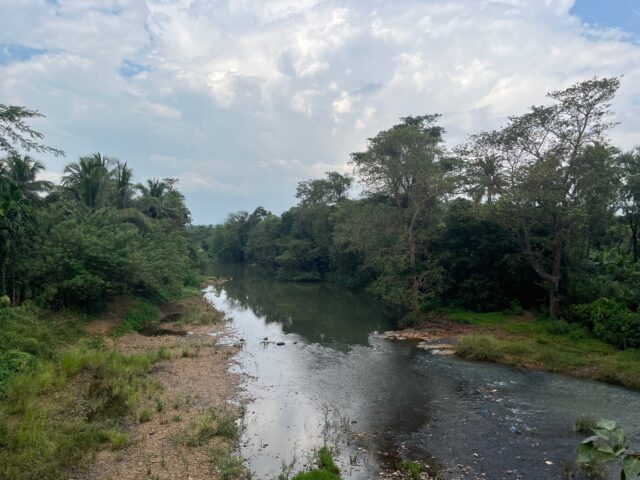by Frank van Steenbergen and Femke van Woezik

Postcard from Danuli in Sindhudurg District, in South of Maharastra, India. It is an area of coconut and cashew, natural wood stands, small paddy fields, hedges, clear rivers, green and green. Butterflies, ants, centipedes, birds, mongoose. “Climate has not changed, here. I am now fifty year old, and rain, temperature and wind are always the same. Seasons start and end at the same time.” Says Sital Sawant from Danuli hamlet.
It is easy to see why: this is an area where the local climate is very much buffered: ample vegetation, small rivers, traditional agroforestry farming and miniature paddy fields. The climate is very much local, shade, windbreaks, small local rainfall, drawn in from the Kokhan coastline, permanent humidity at minimum 60%, temperature retained in dense vegetation and in the shelter of the hills. All this is helped by the belief in the local god, Uperalaker, who does not condone the cutting of trees and disturbance of vegetation.

It is an example of the strength of local climates in semi-humid, undisturbed areas, to regulate local temperature, moisture and wind. They remain intact even though the larger global climate picture changes. What is more such local climates have the ability to pull in moisture from the seas and convey it further land inwards, in a cycle of precipitation and evaporation, thus contributing the regional climates as well. It is testimony to the importance to protect and strengthen local landscapes and the local climates imbedded in them.



